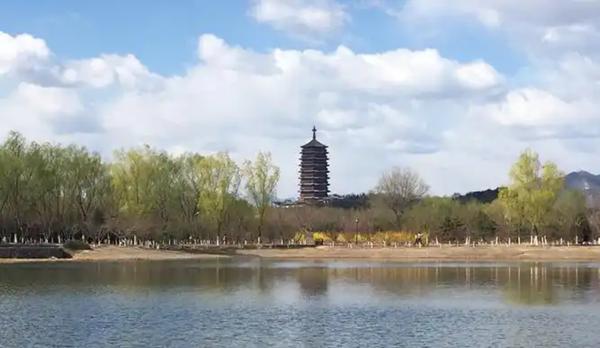Mother Rivers of China: Stories Flowing Through Time
From the historic Tuhai River in Tai’an to Beijing’s Yongding River, China’s mother rivers reflect deep cultural connections and dramatic transformations, serving as witnesses to both ancient civilization and modern changes.

Chinese civilization has long been shaped by its rivers, with countless waterways earning the cherished title of “mother river” in communities across the nation. These rivers tell profound stories of cultural heritage, social transformation, and the deep bonds between people and their natural environment.
Consider the remarkable Tuhai River in Tai’an, Shandong Province. As the only tributary of the Yellow River in the region, it carries both water and centuries of history through the city. The Tuhai River played a pivotal role in ancient times, linked to the renowned Dawenkou Culture that pushed back the timeline of Chinese civilization by two to three thousand years. Its waters also nurtured the development of Confucian culture, flowing past the hometown of Confucius in Qufu.
In contrast, Beijing’s Yongding River tells a different yet equally compelling story. Originally named the “Wuding River” (Undefined River) due to its unpredictable nature, it earned its current name “Yongding” (Forever Stable) during the Qing Dynasty through Emperor Kangxi’s hopeful decree. However, this renaming did little to tame its waters - the river continued to flood regularly until the construction of the Guanting Reservoir in the 1950s. In recent decades, the river has faced new challenges, experiencing periods of drought that only ended when it began receiving diverted Yellow River water in 2021.
These mother rivers mirror China’s broader environmental and social transitions. Many once-mighty waterways now struggle with reduced flow, pollution, or seasonal drying. Yet they remain deeply woven into the fabric of local identity and memory. Elderly residents still recount stories of washing clothes by the riverbank, children swimming in summer, and boats carrying goods between villages.
The relationship between communities and their mother rivers continues to evolve. Modern flood control projects, water diversion schemes, and environmental protection efforts represent new chapters in these ancient stories. Despite changes in their physical condition, these rivers maintain their spiritual and cultural significance as mother rivers, connecting present generations to their history while flowing toward an uncertain future.
Like the rivers themselves, the communities along their banks demonstrate remarkable resilience and adaptability. As China undergoes rapid urbanization and development, many are working to restore and protect these vital waterways, recognizing that the health of mother rivers remains intrinsically linked to the wellbeing of the communities they nurture.
Through droughts and floods, pollution and restoration, China’s mother rivers continue their eternal flow, carrying not just water but the hopes, memories, and identity of countless generations. Their stories remind us that rivers are more than just waterways - they are the lifeblood of civilization, the keepers of cultural memory, and the mothers that have nourished Chinese communities since time immemorial.